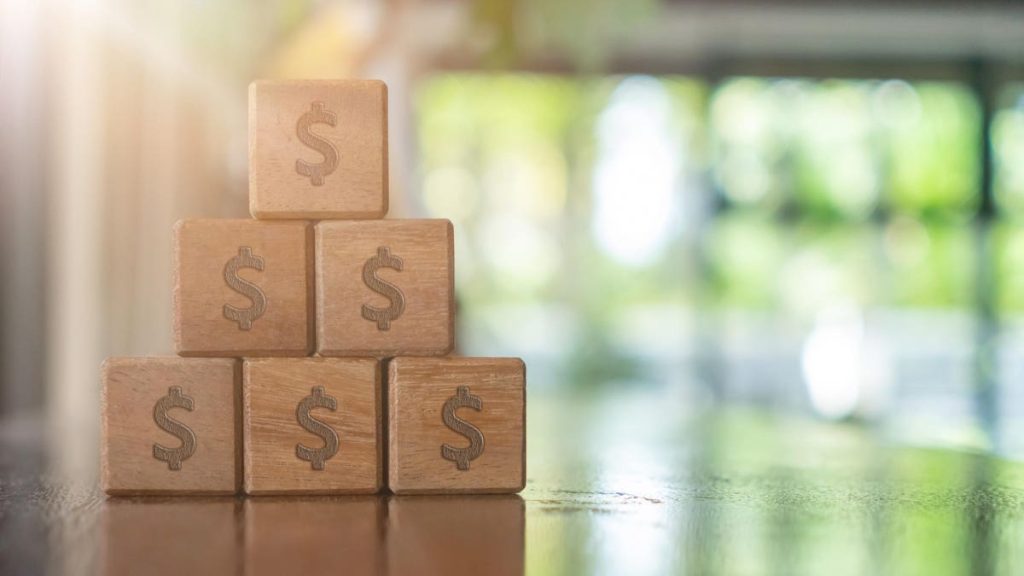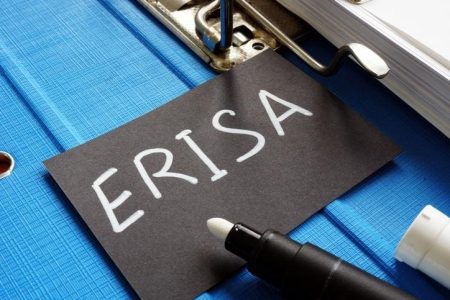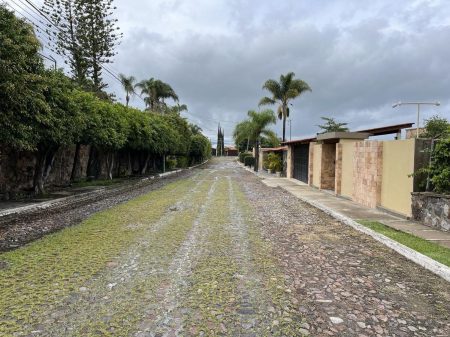There’s one decision you can make—and commit to—that gives you the best shot at attaining financial independence. It’s not something everyone can do, but if you can, it’ll increase the odds you can more quickly find the off-ramp from rush hour to easy street.
What is this Holy Grail of actions that can lead to financial independence?
“Saving more than 25% of your take-home income, preferably into a future income generating strategy that will allow you to plan for a time when you can be free of worry or concern about future money needs,” says Tom Alessi, president of the ARIES Foundation for Financial Education, Inc. Newton, Massachusetts.
Alas, that salary deferral rate often represents an unreachable star for many. Are you one of them?
Fear not. The road to financial independence is not closed to you. It merely requires that you take more deliberate and introspective actions.
Did that second word—“introspective”—cause you to jerk back? That’s normal. It’s because you’re accustomed to thinking solely in terms of numbers for anything financial.
Don’t underestimate the relevance of numbers. They’re still important. But getting to the right numbers requires you to look deep within yourself.
Step 1: Understanding why you should become financially independent
Before you begin any quest, you better make sure you know why you want to make that trek. The voyage is bound to have its ups and downs. If you understand there’s more than merely a pot of gold at the end of this rainbow; it may inspire you to surmount those inevitable stumbling blocks.
Do you know the real reason why you should become financially independent?
“Perhaps the greatest American ethic is that of self-reliance,” says V. Henry Astarjian, managing director at Waterstone Advisors, LLC in Walpole, Massachusetts. “The old popular Horatio Alger stories of the last century were built on that belief. True financial independence means having the skills, knowledge, and experience needed to create your own wealth and your own financial independence. As the old adage goes, every person is the architect of his own fortune.”
As with any journey, it all begins with a single first step. Rather than focusing on the ultimate “25% of your take-home income” target, concentrate instead on merely getting your first foot onto the path.
“One strategy to increase your chances of financial independence is the ‘save early, save often’ approach,” says Eliza Arnold, Co-Founder & CEO of Arnie in San Francisco. “Start setting aside a portion of your income as early as possible, invest it wisely, and let the magic of compound interest do its work. Over time, these savings can grow significantly, helping you build a nest egg that generates enough income to cover your expenses.”
Step 2: Discovering why is it hard to become financially independent
Ay, there’s the rub. It’s not easy to take that first step. Life tends to get in the way. You often won’t even notice. It’s the everyday things that pile up. That’s what makes it hard to become financially independent. Your immediate goal, then, is to identify and rid yourself of those nagging anchors that keep holding you back.
“You can increase your chances of gaining financial independence by eliminating debt, increasing your savings, and investing,” says Annette Harris, the owner of Harris Financial Coaching in Jacksonville, Florida. “All three of these can be accomplished at the same time. While paying down debt, you will be able to eliminate the interest you are paying and can begin increasing your savings. As your debt is eliminated and your savings increase, you can begin determining what investment opportunities you may be interested in. Investments could range from a combination of sources such as retirement accounts, stocks, bonds, or mutual funds.”
Here’s the thing. Sometimes the impediments aren’t your fault. The government can get in the way of your perfect plans. At the same time, the government can also offer a workaround to solve (or at least defer) the problem it is causing.
“Taxes slow our process of accumulating wealth; thus, retirement accounts are one of the most common strategies to becoming financially independent,” says Faisal Said, director of compliance at Porter & Company CPAs in Irving, Texas. “Consistently contributing to a retirement account such as a 401(k) plan reduces tax liability now while allowing the amount contributed to grow tax-free over time.”
Step 3: Calculate how much money is considered financially independent
Once you have turned the saving spigot on, you no longer have to worry about that process. It’s time to bring your attention to the goal. This, indeed, is a number, although you might more appropriately consider it to be a formula. Sure, that sounds complicated (remember what makes it hard to become financially independent). It is, however, the only way to attain a level of precision that actually smooths your road to financial freedom.
Finding the variables in that formula helps pave the way. This isn’t difficult. You’ll immediately recognize them as something you deal with all the time. These will become the milestones on your passage to financial independence.
“One strategy to increase your chances of gaining financial independence is to focus on increasing your income while decreasing your expenses,” says Tyler Seeger, managing director at Retirement Being in Laguna Niguel, California. “This might mean pursuing higher-paying job opportunities, starting a side business, or investing in income-generating assets. At the same time, look for ways to reduce your expenses, whether that’s downsizing your home, cutting out unnecessary purchases, or finding cheaper alternatives for things you need. The reason this strategy works is because it increases the amount of money you can save and invest, which accelerates your journey to financial independence.”
Step 4: Determining at what age should a person be financially independent
Here’s another variable you may not have given full consideration to. At what age would you like to achieve financial independence? Many people aim for the usual retirement age (somewhere in the 60s). You don’t have to. You could choose a pre-retirement age. It all starts with how you define financial independence.
“Being financially independent means that you’re able to support your objectives without a concern about exhausting your resources,” says Jeffrey Mellone, executive wealth management advisor at TIAA in Long Island, New York.
Imagine what that definition means to you. When do you think it’s realistic to expect to be at that point? As you narrow down the age you want to be when you reach financial independence, it’s important to realize how your current age affects your target age.
“Starting early with your savings strategy is certainly one way to work towards financial independence,” says Eric Mangold, founder of Argosy Wealth Management in Parsippany, New Jersey. “It’s hard to be in your 50s and saying you are going to be financially independent if you haven’t started to save for yourself. Also, you want to ensure you have protected your assets against loss as much as possible. That way, if you do incur a loss, it doesn’t wipe away some, most, or all of your assets.”
Step 5: Reaching the point you become financially independent
If you do things right, you’ll spend most of your time keeping track of the milestones you’ve set for yourself on your way to achieving financial independence. You will reach a point when you’re there. How will you know it?
“True financial independence is achieved when you no longer rely on external sources of income, such as a salary from an employer or direct financial support from the government,” says Brandon Juodikis, of BRJ Wealth Management in Chicago. “Depending on outside income means that you are still dependent on others for your financial well-being. Financial independence requires building a self-sustaining financial structure through investments and passive income streams, ensuring that your financial future is not reliant on external factors.”
That doesn’t mean you stop working or quit your business. If you enjoy what you’re doing, keep doing it. It’ll only sweeten your retirement pot.
Would you like to find out more about side hustle and other entrepreneurial topics? Click here to sign up for Chris Carosa’s newsletter and receive a free three-step checklist to determine if your idea has what it takes to succeed.
Read the full article here









